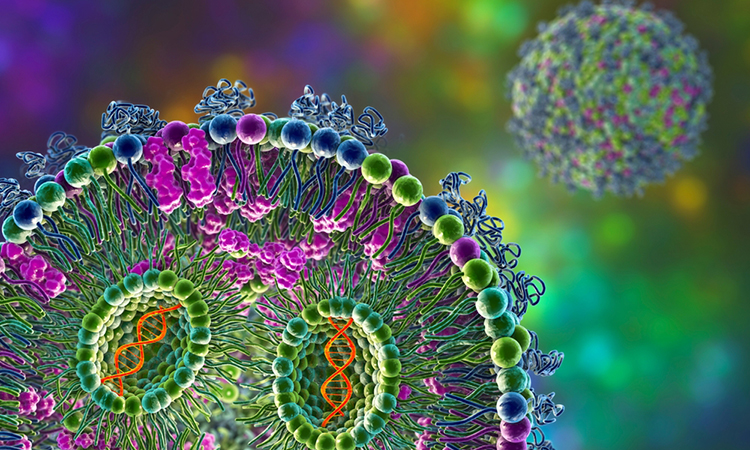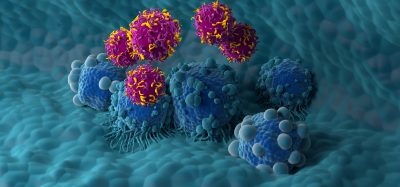New technology to effectively regulate gene expression
Posted: 3 January 2024 | Drug Target Review | No comments yet
A new strategy enables researchers to be more precise in the control of gene expression of a therapeutic protein.


Researchers from the Baylor College of Medicine have produced a technology to effectively regulate gene expression. This offers promise for gene therapy clinical applications because although the principle of a therapeutic window has been known for a long time, there has been no strategy to implement it safely.
Corresponding author Dr Laising Yen, Associate Professor of Pathology and Immunology and of Molecular and Cellular Biology at Baylor, explained: “Although there are several gene regulation systems used in mammalian cells, none has been approved by the US Food and Drug Administration for clinical applications, mainly because those systems use a regulatory protein that is foreign to the human body, which triggers an immune response against it….This means that the cells that are expressing the therapeutic protein would be attacked, eliminated or neutralised by the patient’s immune system, making the therapy ineffective.”
Yen and his colleagues have worked on this technology for over a decade and have now found a solution to overcome the main obstacles in its clinical use. Yen said: “The solution we found does not involve a foreign regulatory protein that will evoke an immune response in patients. Instead, we use small molecules to interact with RNA, which typically do not trigger an immune response. Other groups also have made attempts to resolve this critical issue, but the drug concentrations they used are beyond what the FDA has approved for patients. We were able to engineer our system in such a way that it works at the FDA-approved dosage.”
Controlling RNA
Yen and his team developed a system that turns genes on to different levels on cue using small molecules at FDA-approved doses. The switch is placed in the RNA, allowing the scientists to control the protein’s production by controlling its RNA.
The RNA is engineered to contain an extra polyA signal, like a stop sign that genes use to mark the end of a gene. Having detected a polyA signal in the RNA, the machinery of the cell makes a cut and defines the cut point as the end of the RNA. Yen explained: “In our system, we use the added polyA signal, not at the end, but at the beginning of the RNA, so the cut destroys the RNA and therefore the default is no protein production. It is turned off until we turn it on with the small molecule.”
The team engineered a switch on the RNA to turn on the gene at the desired level by modifying a section of the RNA near the polyA signal so that it could bind to a small molecule, FDA-approved tetracycline in this study. Yen said: “When tetracycline binds to that section that functions as a sensor on the RNA, it masks off the polyA signal, and the RNA will now be translated into protein.” Yen said.
In terms of clinical use, a patient could receive gene therapy that provides a gene, with the switch, to compensate for a faulty gene causing a medical condition. If the patient requires a small amount of the therapeutic protein, then they will only take a small dose of tetracycline, which will turn on the therapeutic gene a little. If they need more therapeutic protein, then they would take more tetracycline to boost production. To stop production of the therapeutic protein, the patient stops taking tetracycline. If tetracycline is absent, the switch will return to its default off position.
“This strategy allows us to be more precise in the control of gene expression of a therapeutic protein. It enables us to adjust its production according to disease’s stages or tune to the patients’ specific needs, all using the FDA-approved tetracycline dose.” Yen said.
Yen explained that their approach is not disease-specific and therefore potentially has many therapeutic applications. He added: “this system is more compact and easier to implement than the existing technologies. Therefore, it also can be very useful in the lab to turn a gene of interest on or off to study its function.”
This study was published in Nature Biotechnology.
Related topics
Gene Therapy, Protein, RNAs, Small Molecules
Related organisations
Baylor College of Medicine
Related people
Dr Laising Yen (Baylor College of Medicine)








